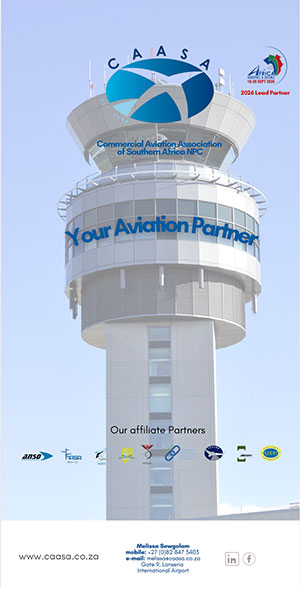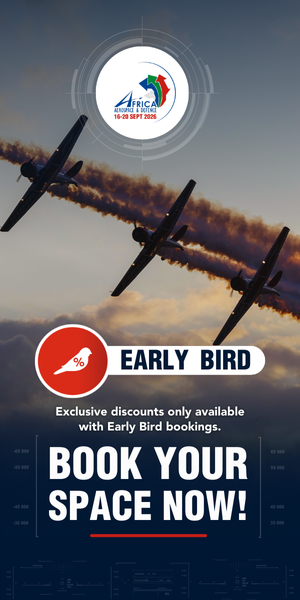
Quiet, sustainable, and cost-efficient – offering a range that enables a complete pilot training purely on electric power for the first time.
In Bleienbach, on 7 November 2025, at the historic Daetwyler Museum Hangar at Langenthal Airport, the young Swiss company Milan Aircraft announced its ambitious project for a fully electric trainer aircraft, showcasing the latest stage of its development. The aircraft is a completely new design, emphasising simplicity, efficiency, and modern industrial processes across every component.
“We haven’t discovered a miracle solution to defy the laws of physics. We simply install as many batteries as needed to achieve a practical range for everyday training operations,” explained CEO and co-founder Simon Wiedmer.
Wiedmer also highlighted a key distinction from other projects: many electric aircraft currently in development are based on existing designs originally intended for combustion engines. Replacing the gasoline engine and fuel tanks with an electric motor and batteries quickly leads to weight limitations. In contrast, the “Milan” – named after the elegant native bird of prey – is a cleansheet design, allowing every component to be optimised for the aircraft’s higher total weight.
“We are integrating roughly three times the battery capacity of an average electric car into our aircraft,” Wiedmer added.
The multidisciplinary team of 15 has so far worked largely in secrecy, focusing on designing a four-seat aircraft intended to replace the often outdated trainer fleets with a quiet, efficient, and cost-effective electric alternative. Three patent applications in key technical areas are already underway.
Technical credibility is a top priority for the company. To underscore this, Milan Aircraft invited Dr Marc Immer, an aerodynamics expert and lecturer at ETH Zurich, to speak at the event. Dr Immer confirmed the “Milan” demonstrates high aerodynamic efficiency, a critical factor for electric aircraft performance.


Swiss electric aviation pioneer and experienced flight instructor Dr Hans Marthaler offered the user perspective, emphasising the aircraft’s strong potential for success if the performance specifications are met.
Attendees were able to explore the project at multiple interactive stations, including a fully functional 1:7 scale demonstrator, a full-scale model placed in the hangar using augmented-reality glasses, and a virtual-reality game developed by Timestep Studio, allowing users to fly the Milan through a simulated course.
The prototype’s first flight is planned for 2027. To meet this milestone, the company is currently in its initial funding round, expected to conclude by early 2026. The Milan Aircraft team concluded by emphasising that, despite its focus on efficiency and sustainability, the aircraft will, above all, deliver an exceptional flying experience.
Milan Key Specifications (planned):
| Seats: 4 |
| Wingspan: 12 m |
| Max. Takeoff Weight (MTOW): 1,750 kg |
| Payload: 360 kg |
| Takeoff Power: 350 hp |
| Battery Capacity: 170 kWh |
| Flight Time: >2 h + 30 min reserve |
| Range: >400 km + reserve |
| Cruise Speed: 120 kt (fixed gear) |
With its pioneering design, impressive range, and commitment to sustainability, the “Milan” project signals a meaningful shift in how the industry approaches electric aviation. As development moves toward the 2027 prototype flight, Milan Aircraft’s progress will undoubtedly be followed with great interest across the global aviation community.













